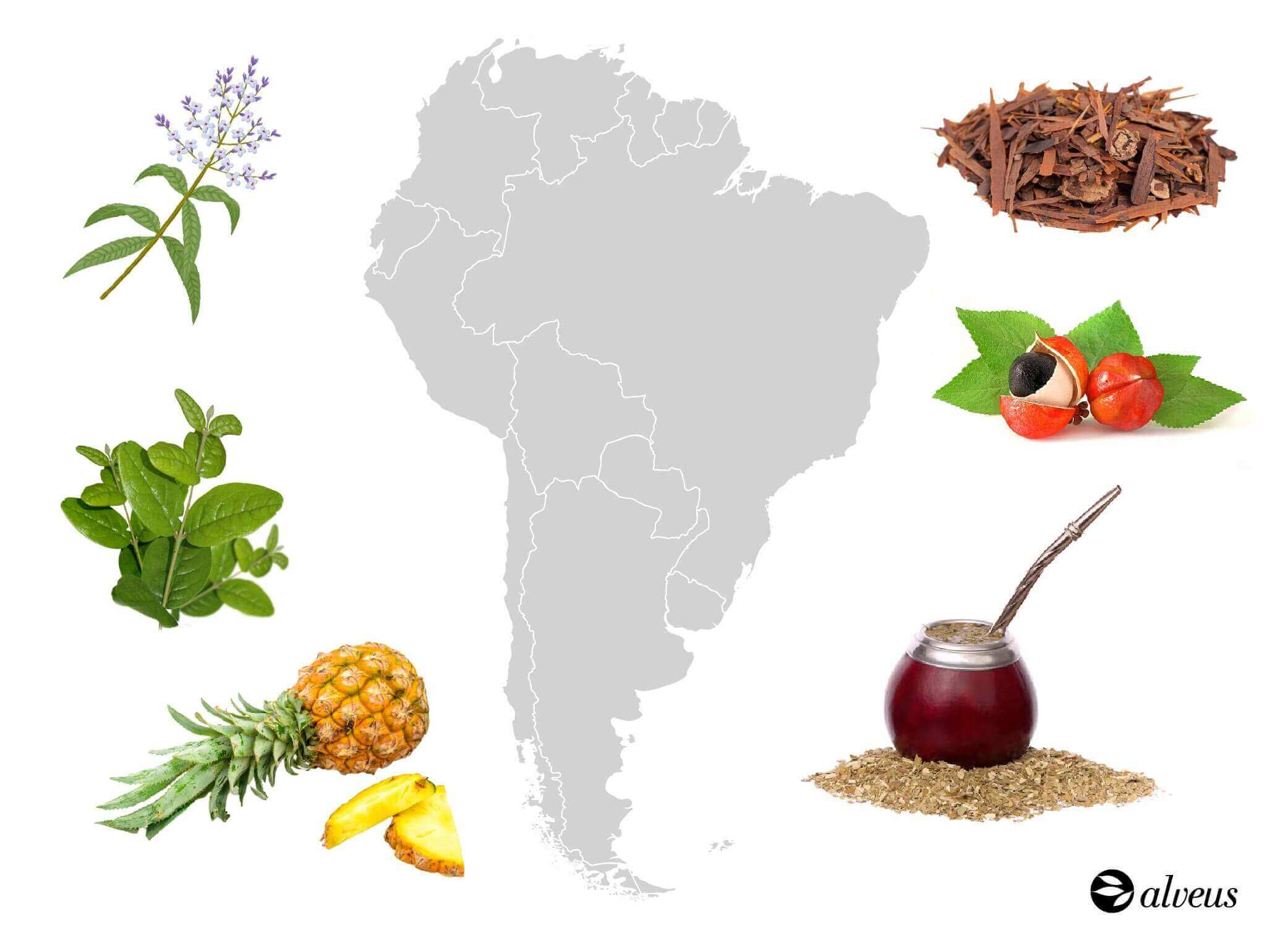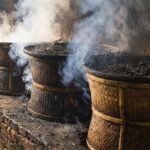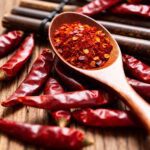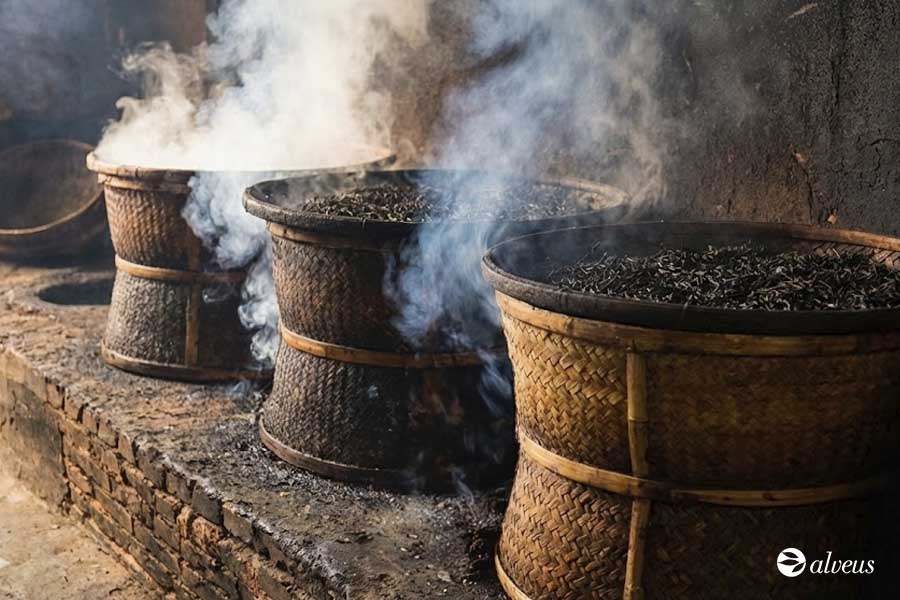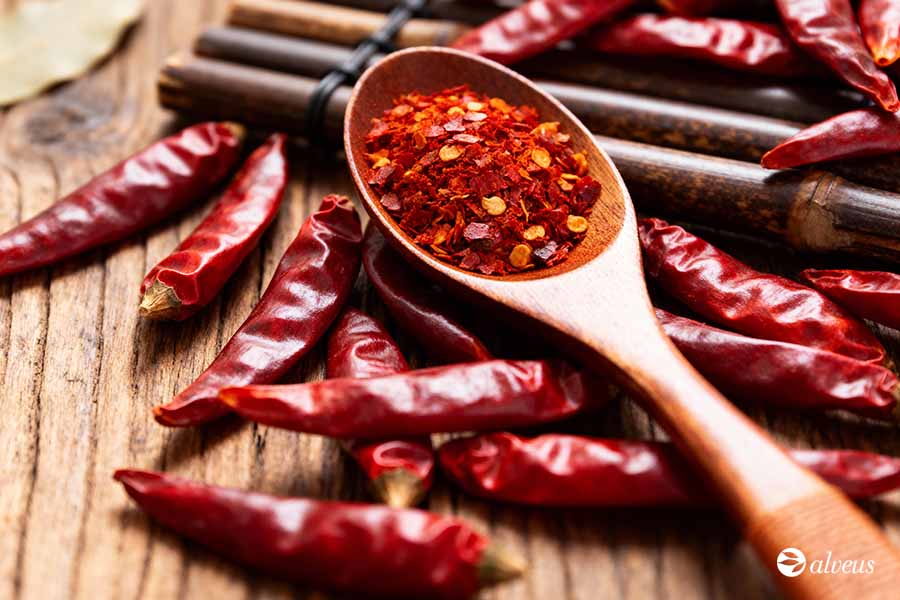The culture of medicinal herbs and plants in South America is far more than a set of natural remedies—it’s a living reflection of the deep connection native peoples have had, and continue to have, with the land.
In a continent full of rainforests, Andean highlands, and vast plains, plants have served not only to heal, but also to nourish both body and spirit. For many communities, herbal medicine is not seen as “alternative”, but as the primary healthcare system they’ve always known, passed down through generations by word of mouth and through directly lived experience.
In this post, we’d like to share with you some of the most representative medicinal plants of South America. You’ll learn about their traditional uses within the cultural contexts that give them meaning.
We do this with respect and with the understanding that we are not seeking to replace scientific evidence, but rather to give visibility to ancestral knowledge.
We’ll also discuss the challenges these traditions currently face: environmental loss, non-consensual commercial exploitation, and the risk that these ancient voices will fall silent if we do not listen and value them as they deserve.
Ancestral Knowledge and Plant Diversity
South America is one of the most botanically diverse regions in the world, and this abundance has enabled many Indigenous communities to develop deep and extensive knowledge of medicinal plant use.
From the Quechua peoples of the Andes to Amazonian groups like the Tikuna or Yanomami, traditional medicine is born from direct interaction with nature. It is passed down from generation to generation and grounded in the careful, continuous observation of the environment.
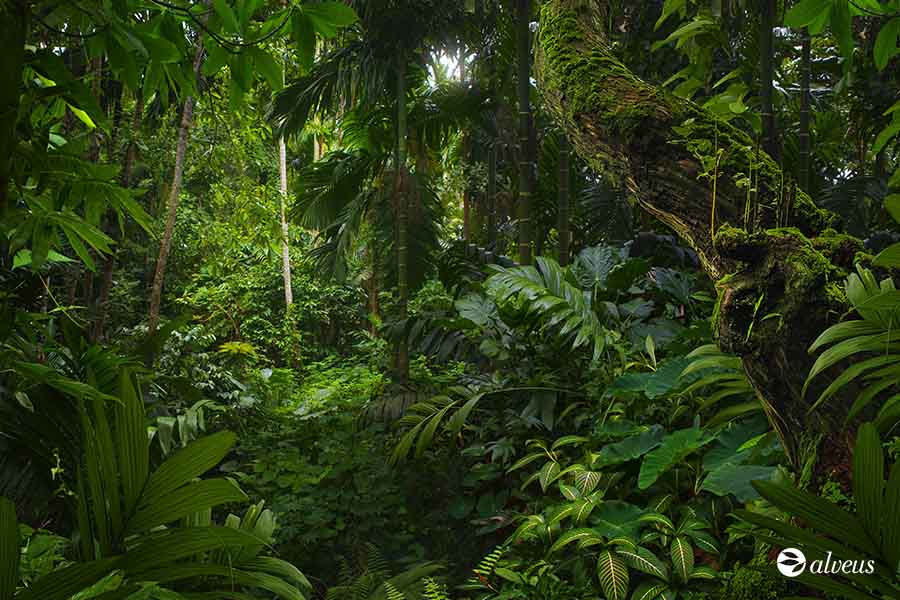
But in these healthcare systems, plants serve more than just the body. They are used to restore energetic balance, cleanse the spirit, and strengthen community bonds. Knowledge of each species goes far beyond botany—it’s interwoven with songs, rituals, and worldviews that transcend the physical. It’s a holistic wisdom that unites health, culture, and spirituality.
Iconic Medicinal Plants of South America
While the list of South American medicinal herbs and plants is extensive, here we introduce some of the most commonly used and widely recognised.
Cinchona (Cinchona officinalis)
Native to the Andes, cinchona bark was traditionally used by Quechua and other Andean peoples. It’s best known as the natural source of quinine, an alkaloid that played a key role in treating malaria.
Today, it’s acknowledged as one of the most important contributions of traditional American medicine to global pharmacology.
Nasturtium (Tropaeolum majus)
Grown in many Andean regions, this bright-flowered plant has traditionally been used to support respiratory and urinary conditions. In infusions or poultices, it has been culturally associated with antiseptic and soothing properties.
Arrowroot (Maranta arundinacea)
This Amazonian tuber has been used both as an easily digestible food and as a base for treating minor skin conditions. The starch extracted from its rhizome is mild and has traditionally been valued for its cooling effect.
Lemon Verbena (Aloysia citrodora)
In the Southern Cone, this aromatic plant is a common feature in gardens and markets. It’s known for its use in infusions for digestive and calming purposes, and in popular culture, it’s linked with restful sleep.
Boldo (Peumus boldus)
Native to Chile, boldo is one of the most widely used household herbs for preparing bitter infusions, traditionally associated with digestive and liver health.
Prolonged or high-dose use is not recommended. As with all examples given in this blog, consult a healthcare professional before using any plant or spice.
Lapacho (Handroanthus impetiginosus)

Also known as Pau d’arco, this tree is considered sacred by some Amazonian communities.
Its inner bark has been used in decoctions that, according to tradition, help strengthen the body. It is linked with immune support, though these applications are still under study.
Guaraná (Paullinia cupana)
Guaraná has been cultivated for centuries by the Sateré-Mawé and other Amazonian peoples.
Ground seeds are used in beverages traditionally taken to remain alert during hunts or rituals. Its natural caffeine content has caught the attention of modern industries, which now add it to energy drinks.
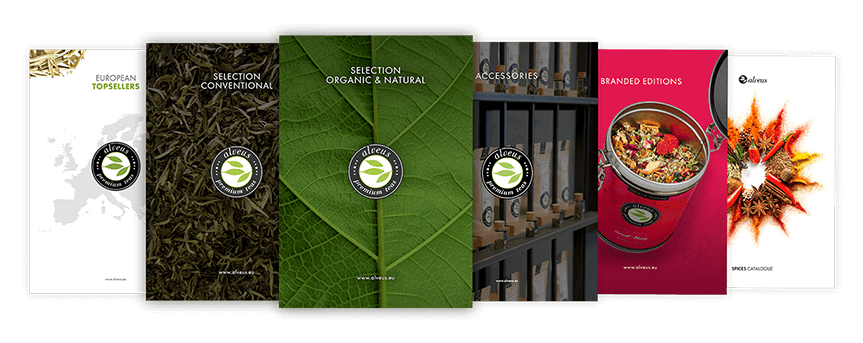
Quillay (Quillaja saponaria)
This Chilean tree produces bark rich in saponins. Besides being used as a natural cleanser, it has also featured in traditional preparations with expectorant properties.
Today, some of its compounds are being studied for applications in vaccines and biotechnology.
Pineapple (Ananas comosus)
This iconic tropical fruit has also been traditionally used for its juice, which is believed to support digestion and healing. Its bromelain content has attracted clinical research interest.
Mate (Ilex paraguariensis)
More than just a drink, mate is embedded in the social and symbolic fabric of several South American countries.
Made from the dried and crushed leaves of a native shrub, it is typically consumed as a hot infusion, shared in daily rituals that strengthen community and conversation.
Traditionally, it’s known for its gentle stimulating effect and ability to support alertness—qualities linked to its natural caffeine and antioxidant content.
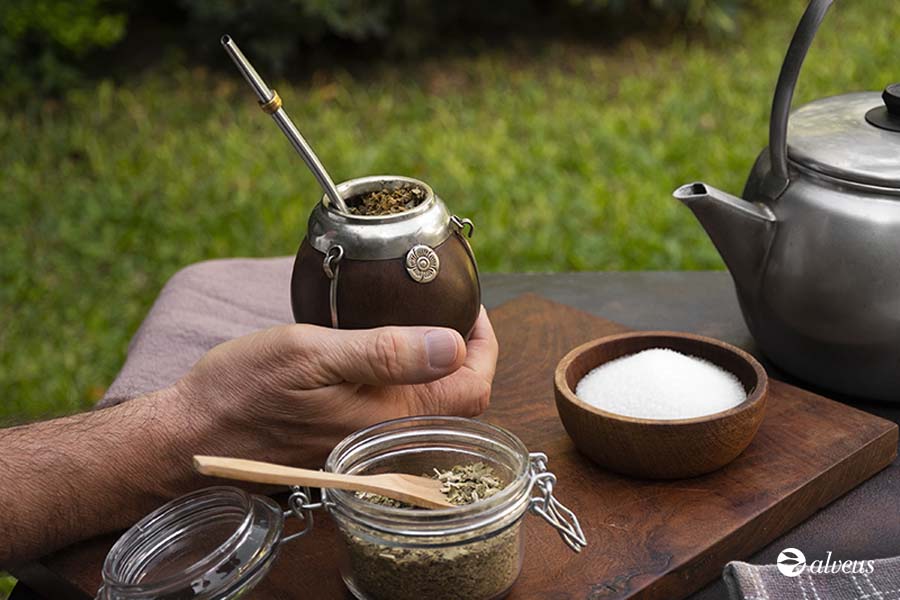
Plants Used for Consciousness Alteration
Some South American plants are used by shamans as tools for spiritual expansion and connecting with the unseen world.
Examples include tobacco in the form of rapé, yagé, or ayahuasca, and San Pedro cactus (Echinopsis pachanoi).
In certain communities, these are used ceremonially for soul healing and resolving inner conflict.
Colonial Influence and European Adaptation
During the colonial period, European medicine incorporated many plants from the New World. Indigenous healers were often marginalised, yet their knowledge was absorbed and translated into European herbal medicine.
Plants such as cinchona were later cultivated in distant colonies like Java. Other documented uses include tobacco, sarsaparilla, and more.
Today, several of these herbs are listed in international pharmacopoeias, though often stripped of their original cultural meaning.
Scientific Research and Future Outlook
Scientific interest in South American medicinal herbs and plants has grown significantly. Universities, research centres, and international organisations are conducting studies on active compounds, pharmacological properties, and potential therapeutic uses of plants like guaraná, lapacho, and quillay.
However, this increased attention must be accompanied by legal frameworks that protect ancestral knowledge, prevent biopiracy, and ensure benefit-sharing.
This opens a path for collaboration between science and tradition, where both are recognised as valid and complementary.
Conclusion: A Legacy to Preserve
The value of South America’s medicinal plants goes far beyond their potential therapeutic use. Behind each species lies a story, a worldview, and a relationship with the land that deserves to be acknowledged and respected.
Today, as the world becomes increasingly interested in the natural, the holistic, and the essential, it’s important not to forget where this wisdom truly comes from.
It’s not just about using plants, but about recognising and protecting the communities who have kept this knowledge alive—often in silence—for centuries.
In this context, speaking of health also means speaking of respect. Respect for biodiversity and for the cultural richness that has been interpreted, protected, and shared from one generation to the next.


